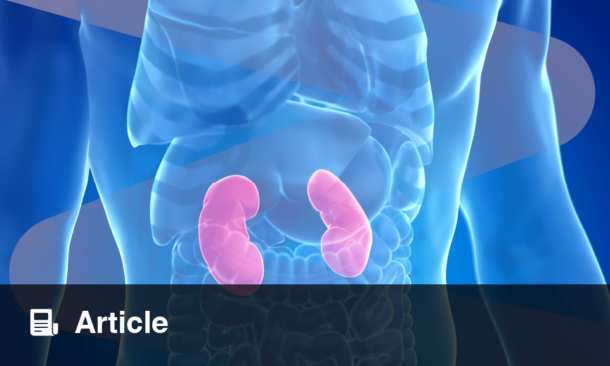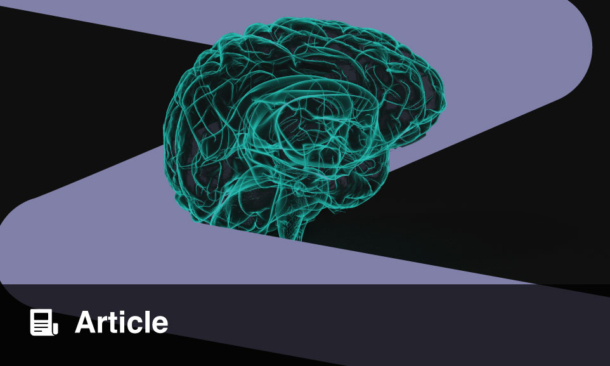BACKGROUND AND AIMS
Widespread use of SLGT2 inhibitors (SGLT2i) is likely given recent recommendations for their use in chronic kidney disease and heart failure in addition to their original indication of Type 2 diabetes. Patients with these conditions are likely to be prescribed more than five regular medications, a threshold generally considered to represent polypharmacy. The team performed a computational drug repurposing screen to identify other licensed drugs capable of binding at or near the SGLT2i active site, aiming to identify compounds that could either compete with SGLT2i or also inhibit sodium and glucose transport.
METHODS
The British National Formulary (BnF) listed compounds were obtained from the National Center for Biotechnology Information (NCBI) PubChem. D-I-TASSER (The Yang Zhang Lab, Ann Arbor, Michigan USA) was used to generate monomeric structural models, and MODELLER (Andrej Sali Lab, San Francisco, California, USA) was used to incorporate MAP-17 and empaglifozin from a reference structure (PDB 7VSI). CHARM-GUI (Lehigh University, Bethlehem, Pennsylvania, USA) was used to insert the protein into a membrane. The centroid of a 5 nanosecond GROMACS molecular dynamics equilibration was used for docking studies using PLANTS (University of Konstanz, Germany). A bespoke tool was used to identify compounds interacting with key protein residues. CHARM-GUI and the bespoke software were used to prepare membrane-bound systems to run in GROMACS (University of Groningen, the Netherlands) using the graphics processing unit in Google Colab (Mountain View, California, USA). Ten nanosecond simulations were undertaken (300 Kelvin and 1 bar) to discriminate between binding and non-binding events.
RESULTS
A structural model of membrane-bound SGLT2-MAP17 complex was obtained in the inward open conformation associated with SGLT2i binding. This model was in close agreement with published structures. Empaglifozin, dapaglifozin, canaglifozin, and ertuglifozin all featured in the top 1% of docked compounds in the repurposing screen. Thirteen additional compounds were identified for investigation by molecular dynamics. Stable protein-ligand interactions were identified for all these compounds, including ceftriaxone, tobramycin, clindamycin, fluvastatin, atorvastatin, and ticagrelor.
It is unclear if the stable ligand interactions identified here would result in the inhibition of sodium and glucose transport, or if the interactions might provide competitive inhibition for SGLT2i compounds currently used. The compounds identified have no documented interactions with SGLT2i; nor do they result in adverse effects suggesting inhibition of the protein. The main limitations of this study are the consideration of only the protein-ligand interactions and not wider pharmacokinetic or pharmacodynamic factors.
CONCLUSION
Plausible interactions between SGLT2 and medicine likely to be prescribed concomitantly, such as antiplatelet agents, statins, and antibiotics have been identified and warrant further investigation.







